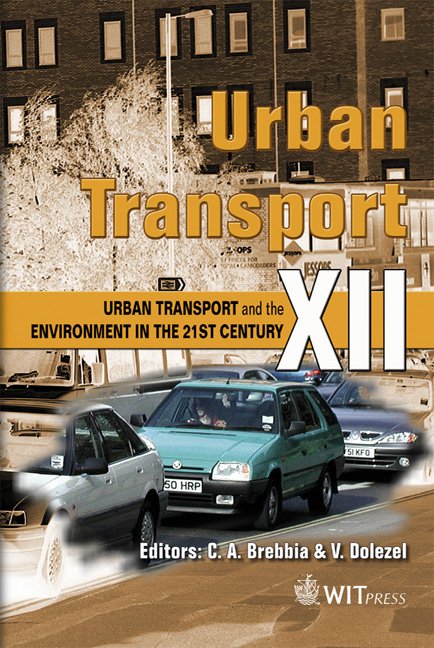High Occupancy Vehicle Lanes – Worldwide Lessons For European Practitioners
Price
Free (open access)
Transaction
Volume
89
Pages
13
Published
2006
Size
1,818 kb
Paper DOI
10.2495/UT060191
Copyright
WIT Press
Author(s)
S. Schijns & P. Eng
Abstract
Europe has long provided bus lanes and on-street bus priority measures. High Occupancy Vehicle (HOV) programs expand that practice to include private shared-ride vehicles (carpools) and other priority vehicles. There are a few HOV lanes in operation in Europe, and interest is growing in their potential applicability in congested urban roadways. With over 200 HOV lane projects now in use on streets and highways around the world, there are useful lessons to be learned by those considering the HOV option in the European context. The reasons for project successes and failures are outlined, with particular attention paid to the constraints and operational issues prevalent in the European environment. Critical issues such as enforcement, conversion from general purpose use, design, and underutilization are explored. The documented effectiveness of HOV facilities in influencing mode choice is summarized. Finally, the future of HOV priority within the urban transport system is discussed, touching on high-tech enforcement solutions, HOV priority within tolled facilities, and the integration of HOV initiatives within broader Transportation Demand Management programmes. Keywords: High Occupancy Vehicle, HOV, carpools, High Occupancy Toll, HOT, priority, Transportation Demand Management, TDM, 2+, 3+. 1 Introduction High Occupancy Vehicle (HOV) lanes are lanes on streets and highways restricted to use by buses and multiple-occupant vehicles during all or part of the day. The aim is to provide HOVs with faster, more reliable travel than non-HOVs (primarily single occupant autos) during congested periods. This is intended to attract more travellers to bus and shared-ride travel rather than
Keywords
High Occupancy Vehicle, HOV, carpools, High Occupancy Toll, HOT, priority, Transportation Demand Management, TDM, 2+, 3+.





